Part 2: Unlocking Customer Insights: Leveraging GA4 Data in BigQuery for Enhanced Customer Segmentation

Welcome to Part 2 of the blog series on customer segmentation using GA4 data and BigQuery Vertex AI. In this installment, I will guide you through the crucial step of preparing a flat table as your training dataset.
By transforming the complex data structure of Google Analytics 4 into a unified and simplified format, you will ensure data uniformity and compatibility for further analysis. This step is instrumental in streamlining your segmentation process and unlocking the full potential of your data. Join me as we explore various approaches and techniques to effectively prepare your training dataset, setting the stage for accurate and insightful customer segmentation.
Part 1 covered In-depth Exploration of Google Analytics 4 Data Structure in BigQuery. To proceed with the analysis, we will prepare a flat table that will serve as our training dataset. This step is crucial to ensure data uniformity and compatibility for further processing.
Preparation of a Flat Table as Training Dataset:
The data structure of Google Analytics 4 poses an intriguing challenge: we must flatten it before applying the K-Means algorithm. Fortunately, there are various approaches available to accomplish this task effectively.
In my approach, I employ Key Nested tables, including Events, Users, Geo, and other relevant fields, to create four distinct flat tables. By transforming these nested tables into flat representations, we can ensure compatibility and consistency across the data. Combining these flat tables through joins allows us to generate a unified flat table, which simplifies the subsequent analysis. By adopting this approach, we eliminate the need for manual selection of key parameters. Instead, we can leverage the power of machine learning (ML) algorithms to automatically determine the most relevant features. This not only streamlines the process but also enhances the accuracy and efficiency of the analysis.
Now, let's move forward and dive into the implementation of the code, enabling us to achieve the desired flattened data structure.

This code creates the event_table.
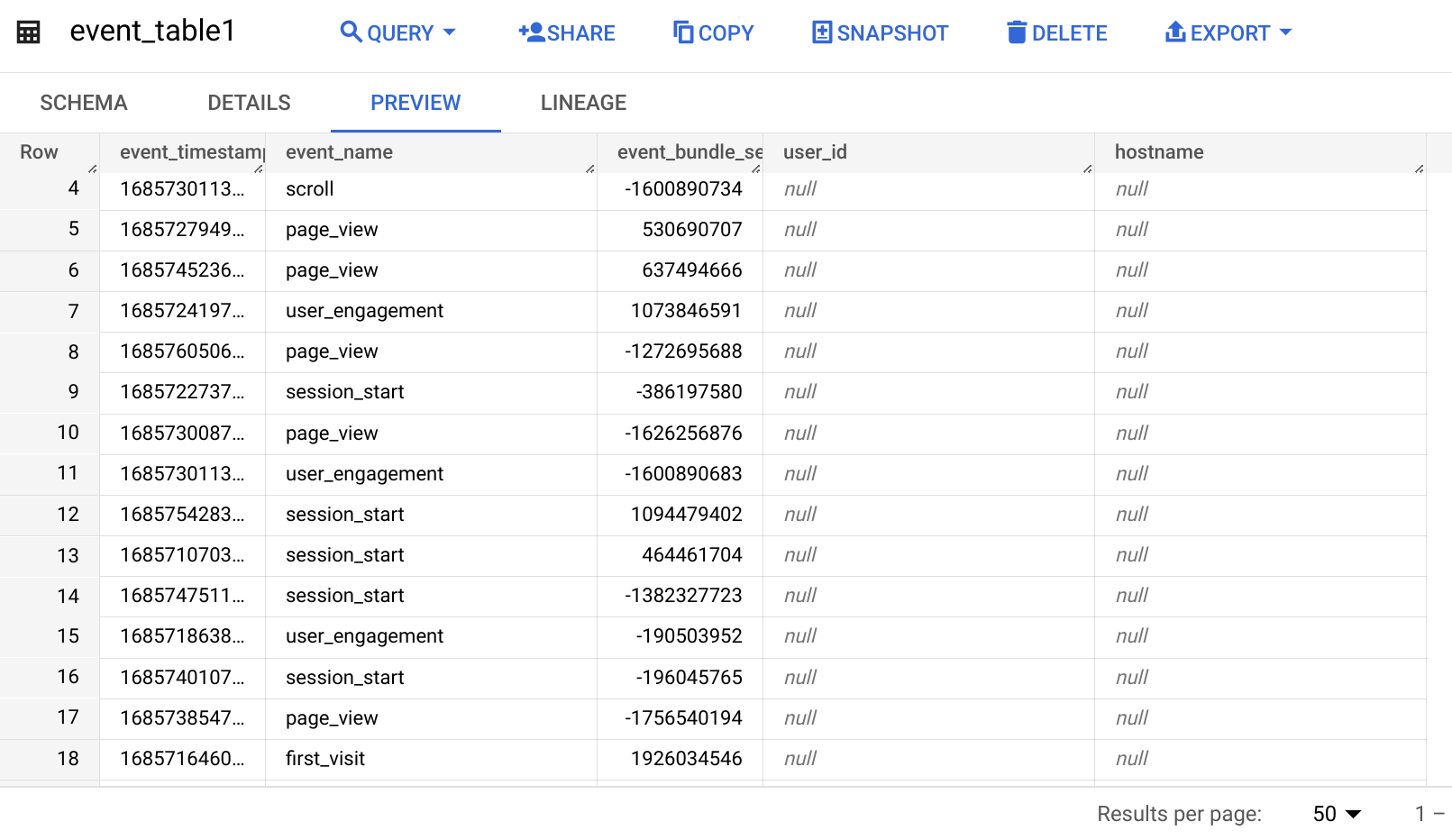
Continuing with the same methodology, I implement the flattening process to create the geo_table and user_table. By applying the necessary transformations, these tables are effectively flattened, resulting in a structure that aligns with our objectives. Once this step is accomplished, the next course of action involves combining these tables through a join operation, resulting in the formation of a unified flat_table.
The process of joining the geo_table and user_table enables us to consolidate the relevant data into a single cohesive entity. This unified flat_table serves as the foundation for further analysis and modeling, providing a comprehensive view of the data that can be readily utilized for data-driven marketing initiatives and decision-making processes.
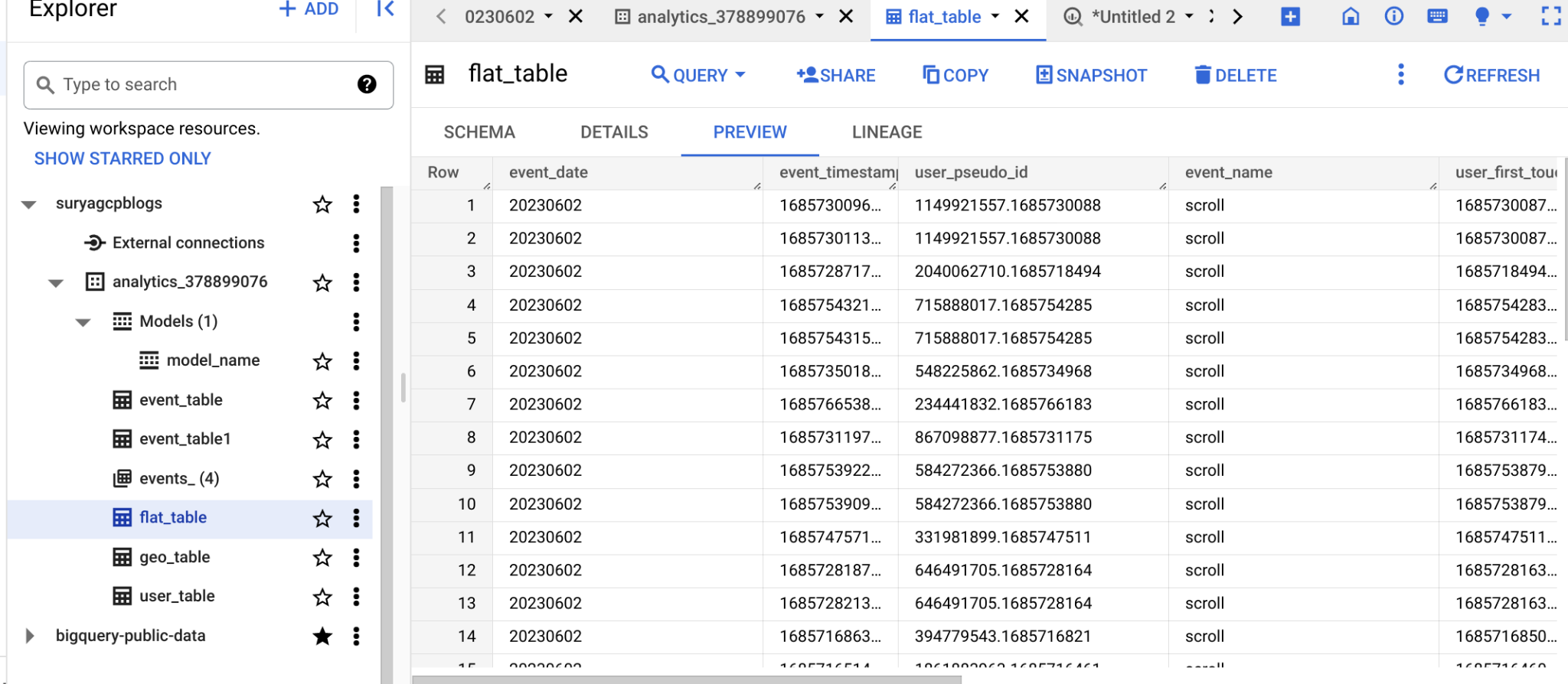
Excellent! At long last, we have successfully attained the desired structure, which now empowers us to leverage the full potential of BigQuery ML (BQML) for creating clusters. With this accomplished, we are equipped with the necessary foundation to delve into the exciting world of cluster analysis and uncover valuable insights within our data.
By utilizing BQML, we can harness the sophisticated capabilities of machine learning algorithms to identify and classify patterns within our dataset. This opens up a multitude of opportunities for data-driven decision-making, targeted marketing strategies, and personalized customer experiences.
The achievement of our desired structure signifies a significant milestone in our data analysis journey. It marks the transition from data collection and preparation to the exploration of meaningful clusters, which in turn provides a springboard for innovative marketing strategies, customer segmentation, and tailored campaigns. Let's embark on this exciting phase and explore the potential of BigQuery ML for cluster creation.
In part 3, I will Train using BigQuery ML K-Means Algorithm and Evaluate BigQuery ML models
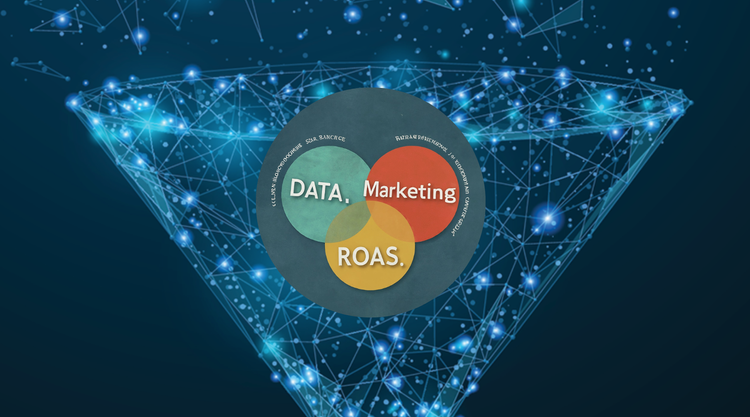
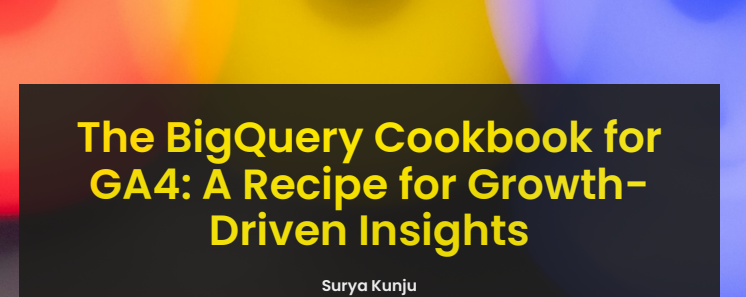

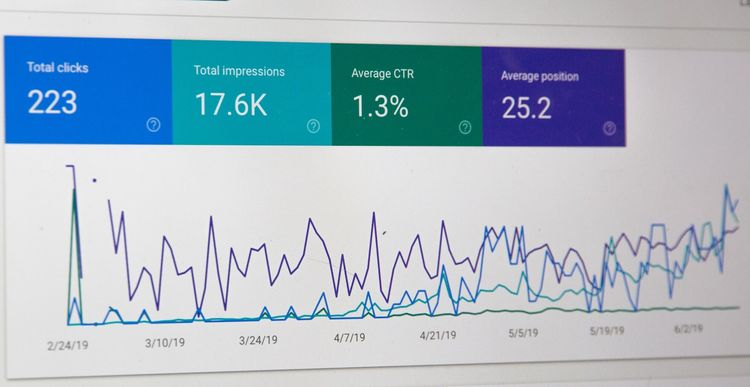

Member discussion